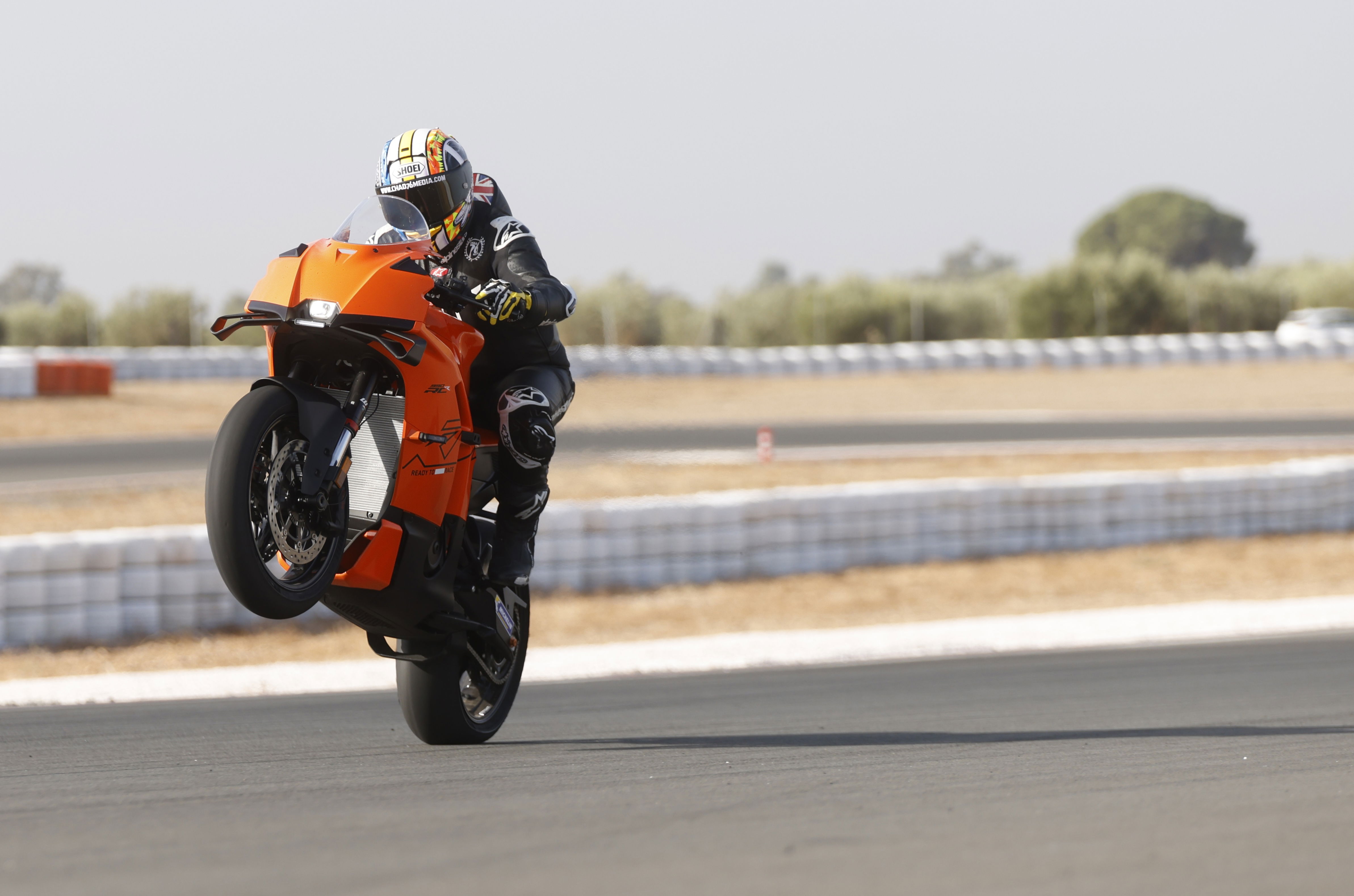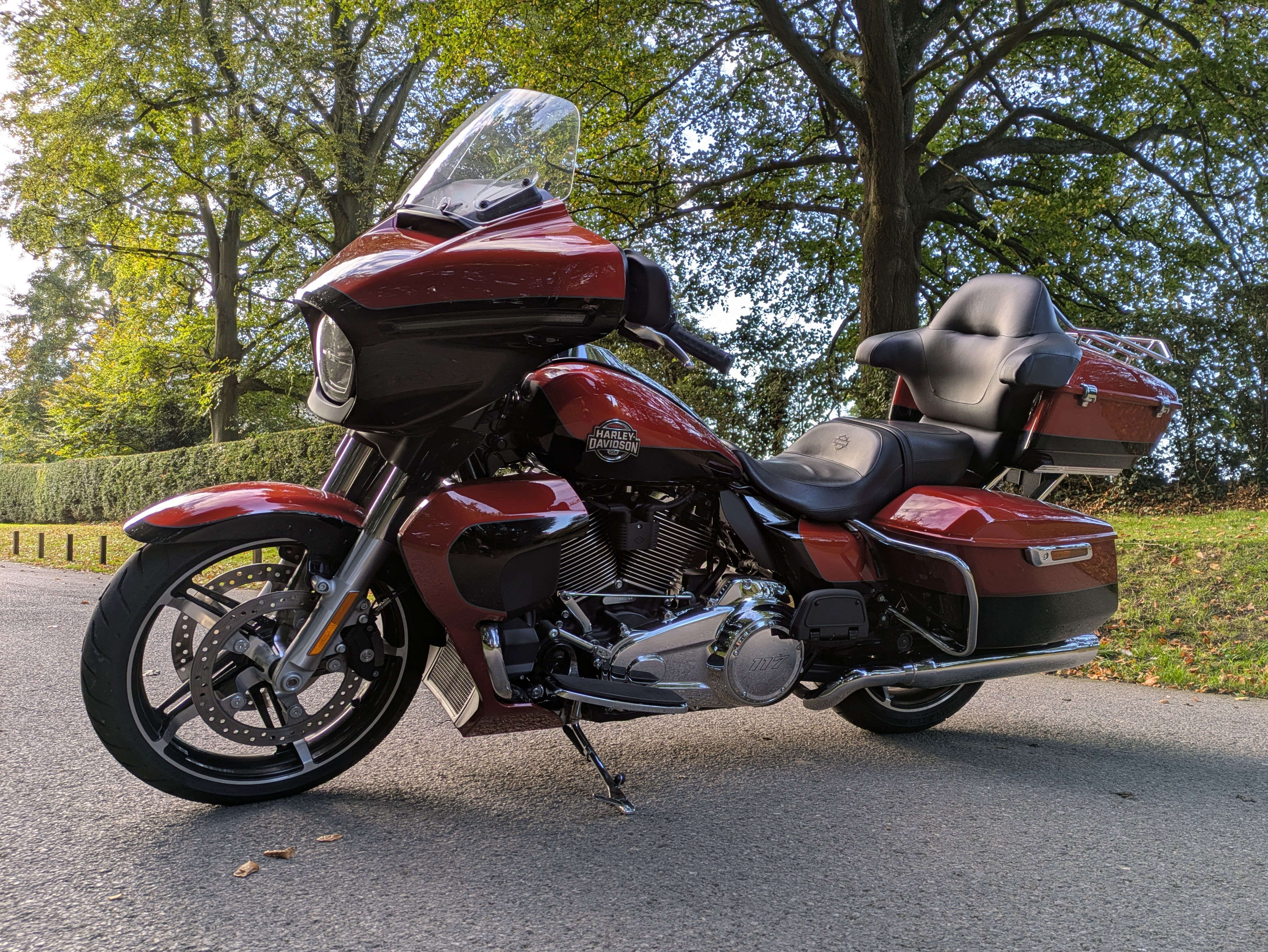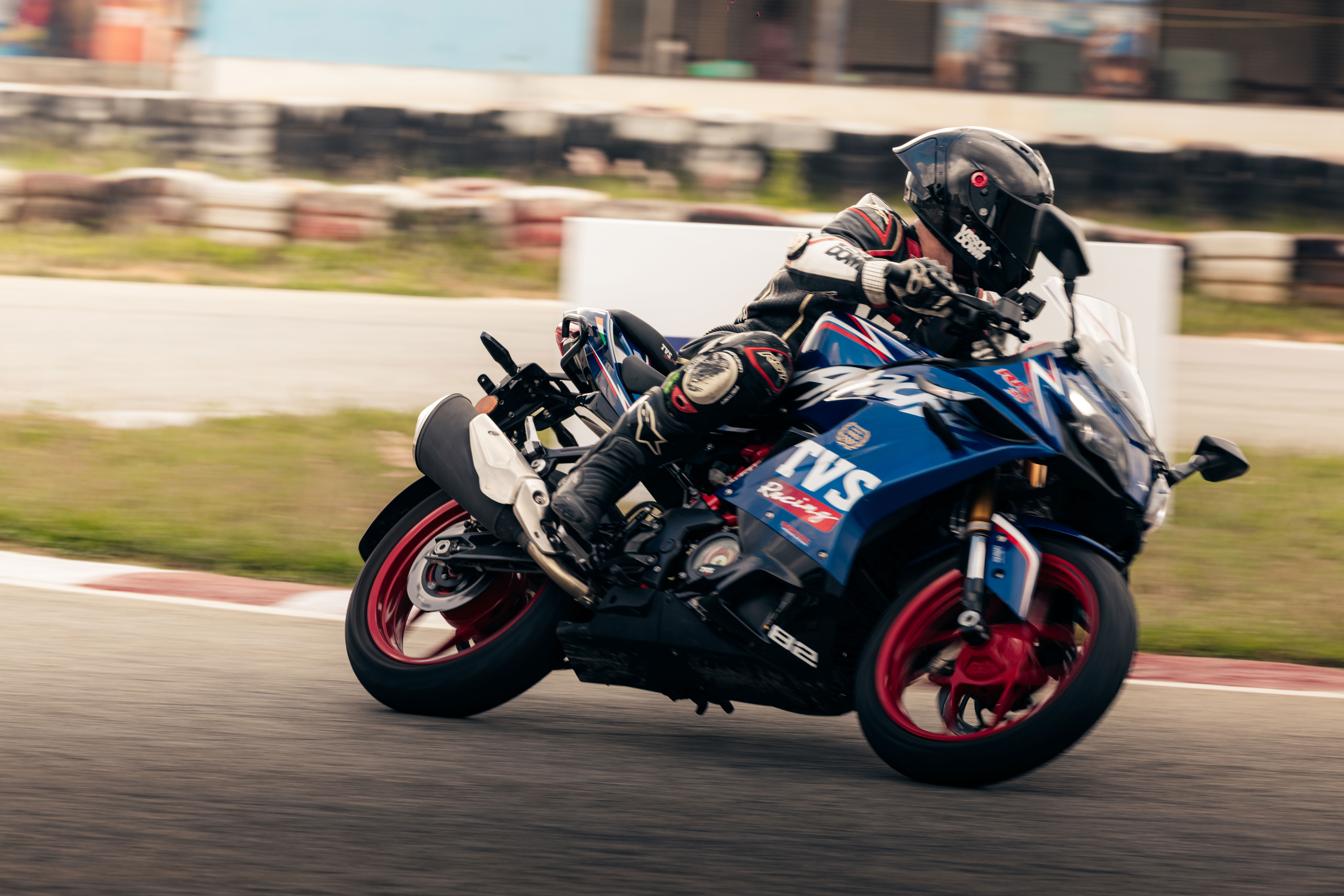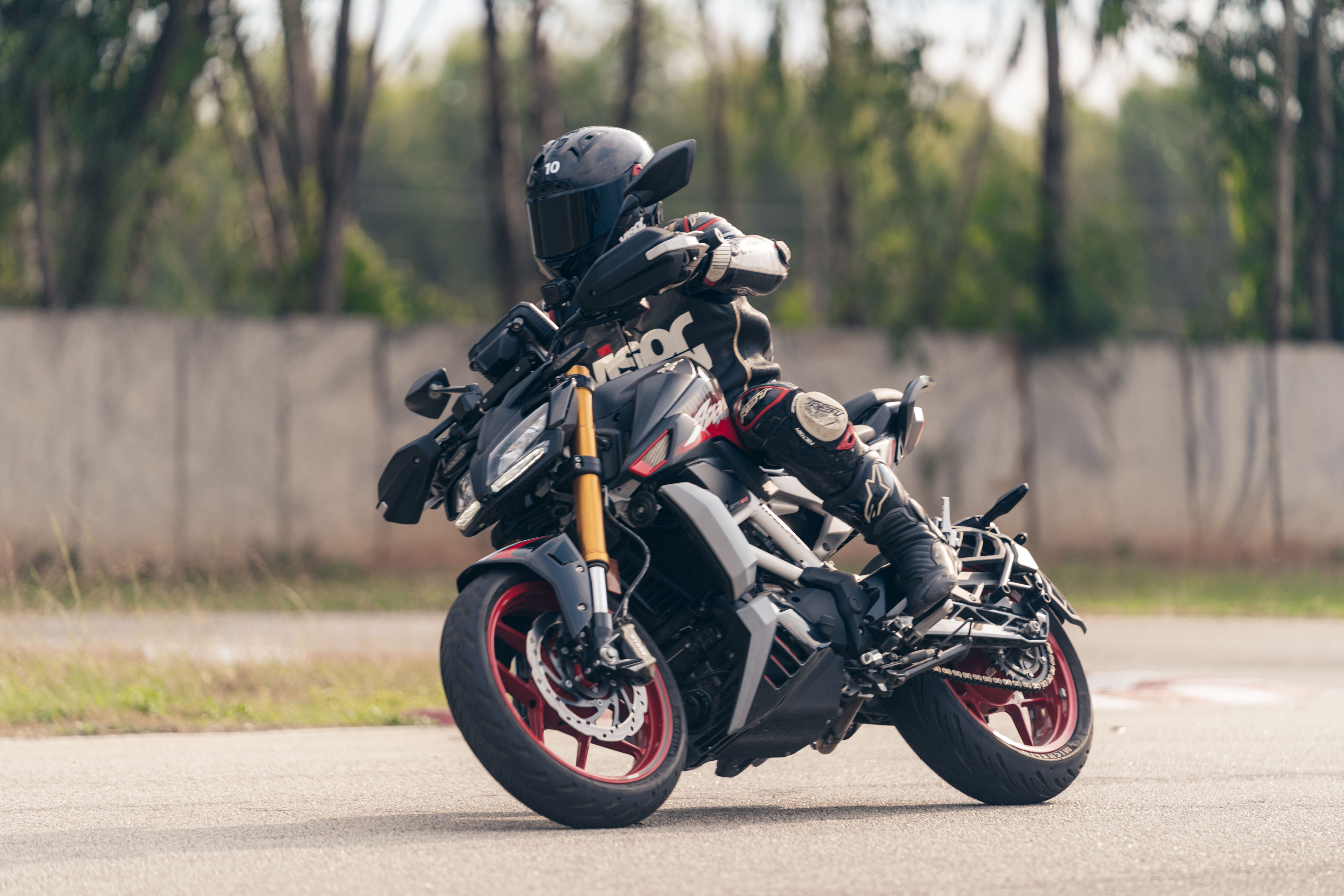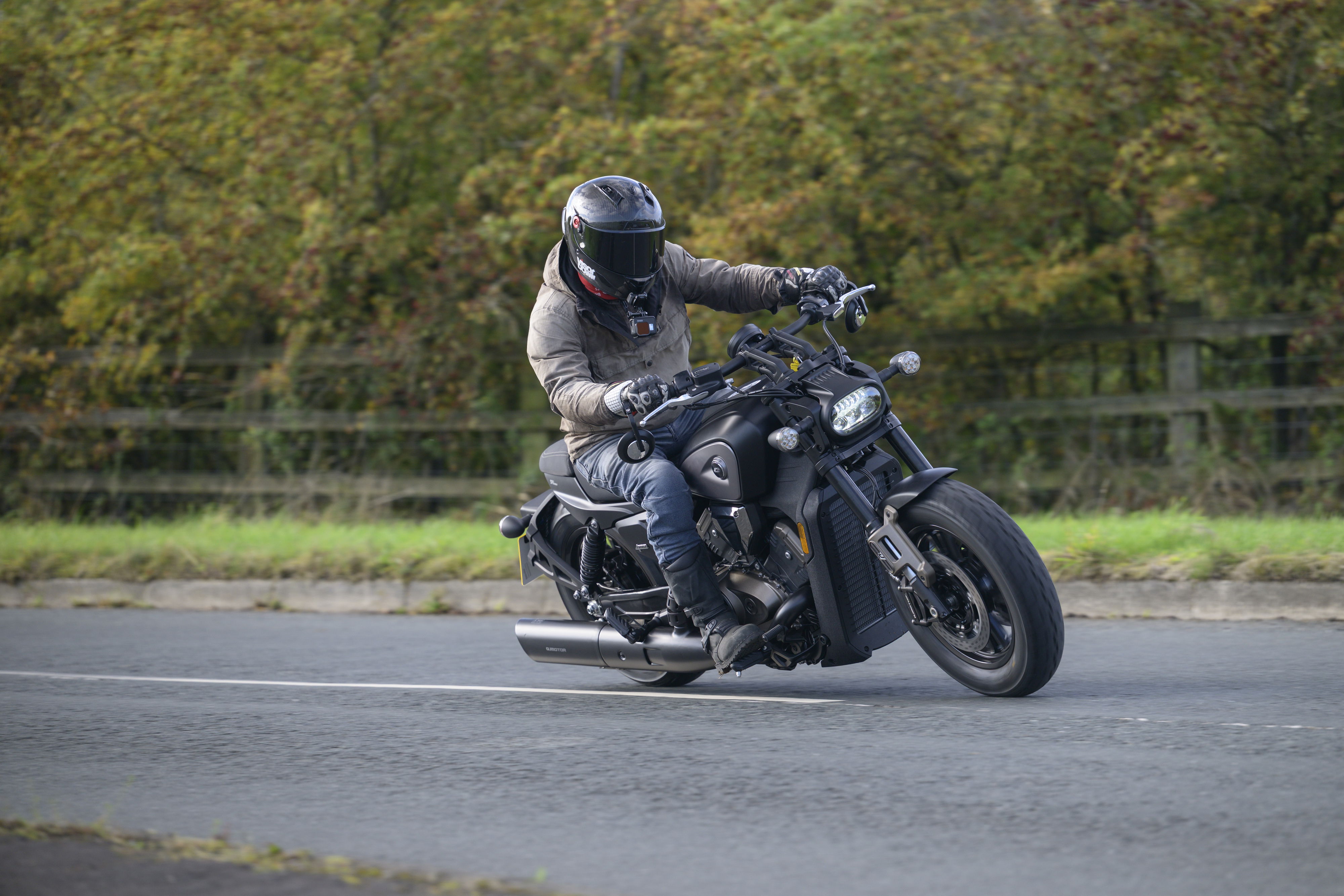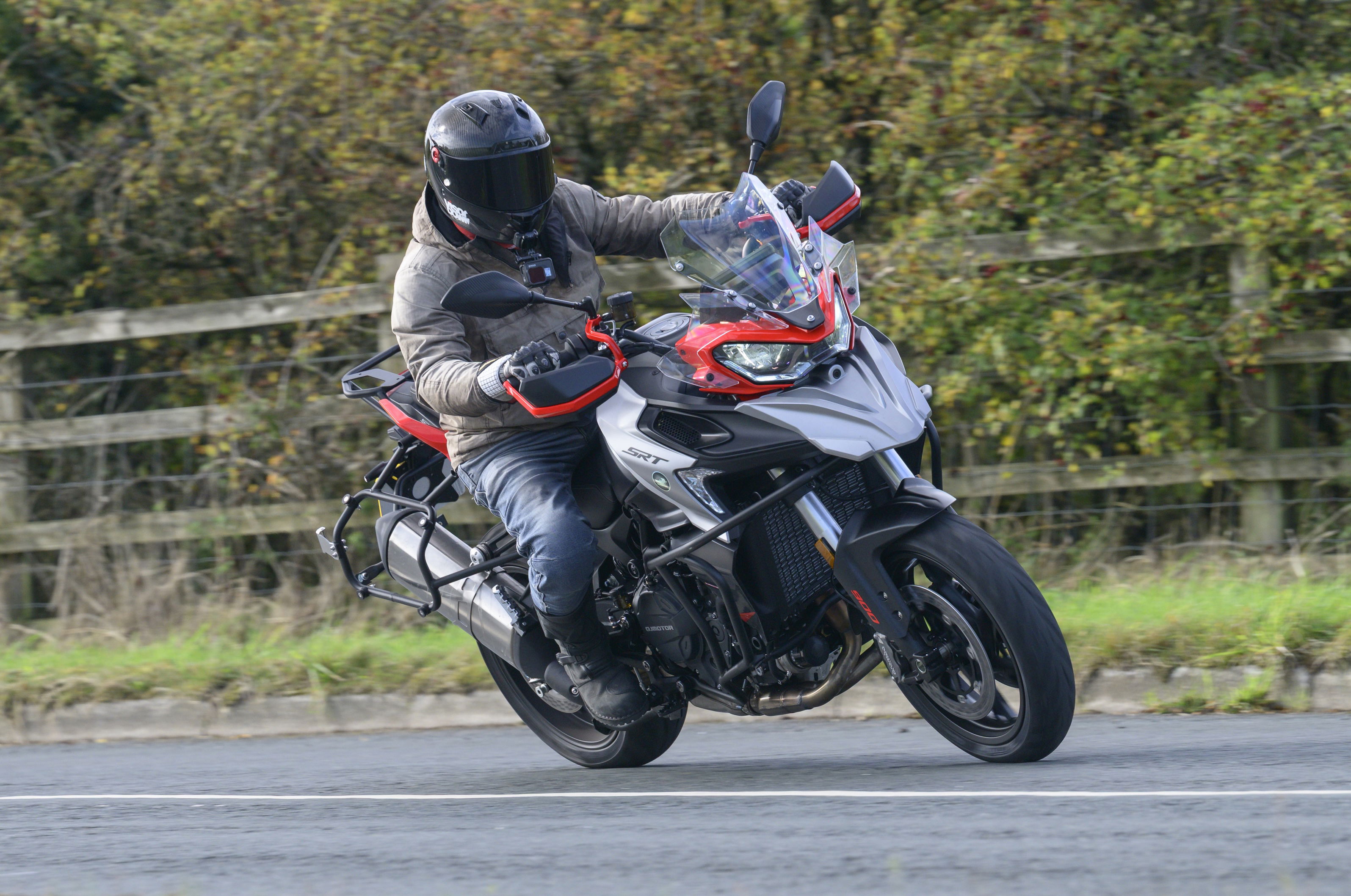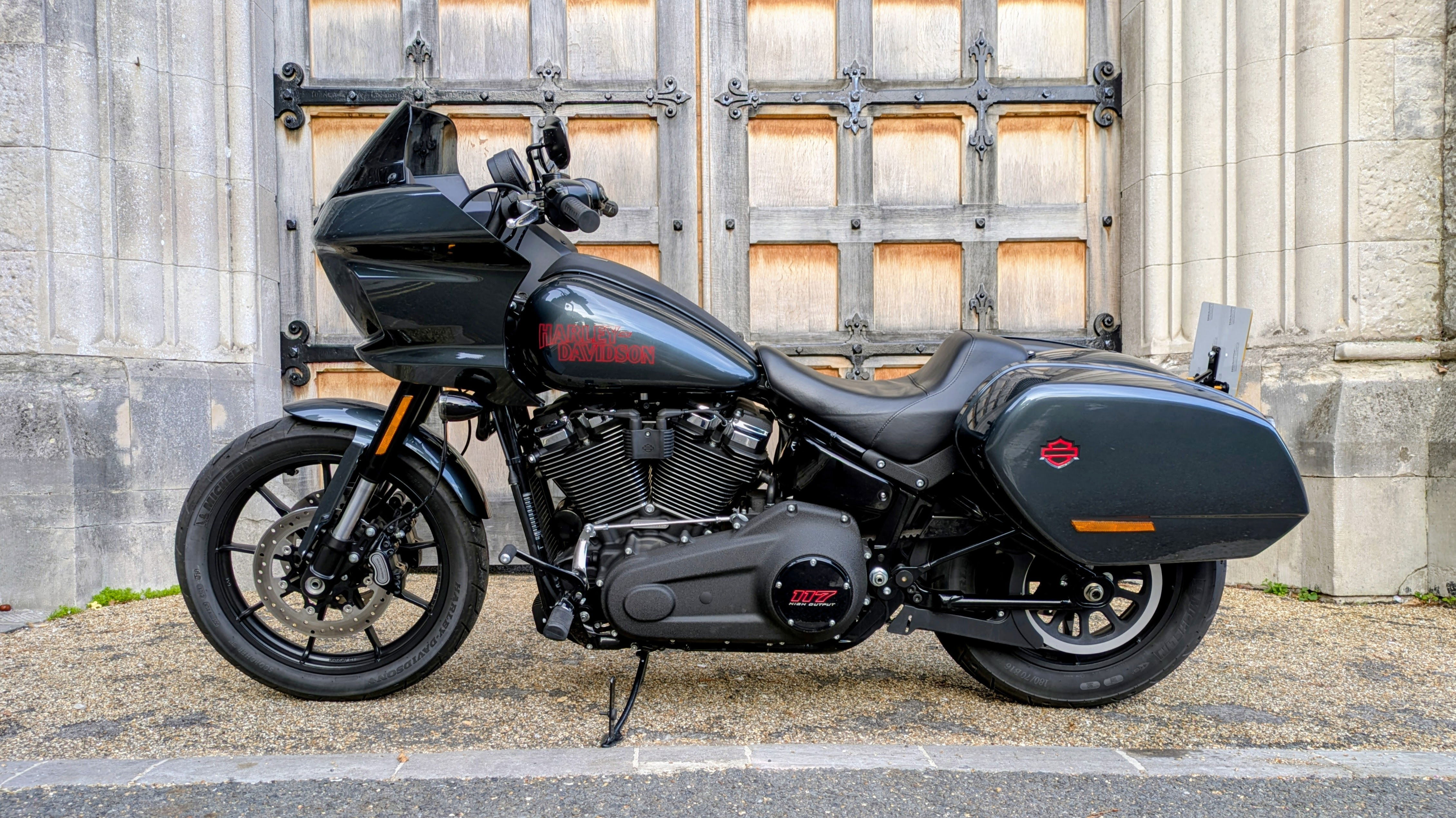Used Review: Honda VTR Firestorm
In the mid-90s, V-twins were red, temperamental and raced by Carl Fogarty. Until Honda brought out the Firestorm, that is. We examine Honda's first big-twin sportsbike

 |
During the middle of the last decade people started doing strange things. They actually started to love big, lumpy V-twins again. Previously, all sportsbikes - except Ducatis - were fours, and the only other V-twins seemed to be cruisers. But then, thanks to the success of Ducati's 916, this quirky buying/ lusting phenomenon exploded. And then disappeared again almost as suddenly as it had arrived.
By 1997 the Japanese had finally seen enough of Ducati's success with the 916 in showrooms across the world, and decided they should get in on the act. That year, Suzuki launched the wayward and potent TL1000S, while Honda pinned its hopes on the VTR1000F Firestorm.
Despite the similarity in name with the four-cylinder FireBlade, the 'F' designation most certainly pointed less to the big 900cc sportster and more to the do-it-all CBR600.
Still, it had plenty of punch with around 100 horses coming from the 996cc 90¡, liquid-cooled V-Twin engine, which used side-mounted radiators to help keep the front cross-section as small and as 'V-twin'-like as possible. The chassis was pretty standard fare, using an aluminium beam frame with a bit of aesthetic 'lattice' effect as a styling nod to the Italian machines' steel trellis frame. One thing that was kinda new was the semi-pivotless connection between the swingarm, motor and mainframe. Suspension was 'normal', so where the Suzuki TL1000S used a separate spring and a rotary damper, the Honda had a tried-and-tested rising-rate Showa shock at the rear with Showa forks at the front.
During initial tests it was soon obvious that neither the VTR, nor the TL, were really Ducati-beaters, instead they provided a half-decent compromise at a very decent price.
But then people seemed to fall out of love with twins again. This wasn't helped by the PR nightmare suffered by the TL1000S during 1997. A recall to fit steering dampers hit buyer confidence in the Suzuki, and Honda effectively sold double the number of TLs in that first year.
Then, as a rash of big-bore four-cylinder bikes got better and better (as well as getting more torque) the Japanese twins seemed to fade into the background.
Quality shines on though, and while the likes of Suzuki's fuel-injected and more powerful TL1000S and R machines have disappeared from these shores, the now-humbler VTR quietly carries on with an army of enthusiasts behind. Truth be known, the VTR is a softly-spoken machine that has been chronically underrated for too long.
CLOCKS
Pre-2001 clocks are loved by owners, post-2001 clocks are loathed by owners. And vice versa. Confused? Well, early 'Storm owners love the idea of an LCD fuel gauge and a clock, while later 'Storm owners claim their speedos are naff. They're only two-thirds of a full, circular speedo so none of the numbers are in the place you'd expect. And they're more cluttered.
ENGINE
Plenty of low-down go compared to a four-cylinder motor, before that emissions dip at 5000rpm. It then takes off again, making max torque at 7000 and peak power at around nine. 70mph is seen in top at only 3750rpm, 120mph at 6250rpm and redline is at 9500rpm. All-in-all a pretty robust motor.
Standard exhausts (too quiet and very heavy, but desirable for the all-important MoT) are often junked. Dynojet kits and filters are also prevalent, while some
owners drill the carb slides for swifter and crisper throttle response. Expect around 110bhp at the rear wheel with Stage 1 mods.
FORKS
They are too soft and have no compression damping. Different fork springs (WP, …hlins or Hyperpro) and heavier fork oil helps, as does adjusting the air gap. Take 'em to an expert, or go the whole hog and swap for a set of similar
vintage ones from a FireBlade. A set of '96/'97 or even '98 forks will work with 'Blade yokes, spindle and spacers.
STARTER MOTORS
Bolts on starter motors can corrode and disintegrate if not checked. Despite what some dealers will say, you shouldn't need to buy a whole starter motor (around £450-480!). Just replace the bolts and cover liberally with Vaseline.
REAR SHOCK
Many owners replace with a Hagon or Maxton unit. Heavier owners simply get a different spring fitted.
TYRES
Some owners go for 'bigger is better' and stick a 190-section in the rear, but it's not necessary. The old Bridgestone BT56s were favourite, while the newer BT010s are better still (expect 3000-4000 miles). Dunlop Sportmaxes offer even better longevity, although less outright grip. Owners reckon Avon Azaros are brilliant for grip in the dry and last for
ages, although confidence in the wet isn't as high as with
the Bridgestones.
BRAKES
Always seemed to lack feel and bite after a while. The trick is to clean them properly and often, fit braided hoses and try different pads. Carbone Lorraine SBK3s and Bendix SSs are
popular. Some people try the SP-1's front master cylinder for even more ooomph at the lever.
FINISH
Paintwork is generally up to the job, but the forks seem to take a hammering, becoming pitted and a little scabby. Maybe VTR owners always ride in the middle of large groups? Oh, and beware fork legs that have been painted silver to hide the damage. Some second-hand machines have had this done, it's the bike equivalent of back-to-blacking car tyres to hide other woes. Things to buy to help keep it cleaner include a belly pan and a rear hugger, while a double-bubble screen helps the larger rider.
FUEL
The Firestorm's Achilles' heel. Pre '01 machines had a tiny 16-litre tank, while the 01-on bikes had a 19-litre one. You'll only get 80 to 110 miles before reserve (50 on a track). That equates to 25-38mpg. Reserve is also poor, with the 2.5 litres good for 16 miles at best. Either pick up a later tank for pre-'01 bikes or get a 24-litre tank from Harris for £600!
If the reserve light stops working it's probably only the sender unit that needs replacing. Don't be tricked into buying a complete new tank.
HOW MUCH, MISTER?
Honda VTR1000F (1997-2000)
Price new: £7995
Pay now: from around £2600 (privately) to £3800 (trade) depending on age, mileage and condition
Colours: red, silver, black, yellow, metallic blue
All-new 90 degree, liquid-cooled V-twin of 996cc mated to a semi-beam ally frame.
Suspension and brakes modest (no compression damping adjustment) and attractive, swoopy bodywork with a half fairing
Honda VTR1000F (2001-on)
Price new: £7099
Pay now: from £3300 to £5000
Colours: orange, black, red, blue
Minor updates see the introduction of a bigger, 19-litre fuel tank and fancy new clocks. Fuel range was still, at best, 110-115 miles to reserve light
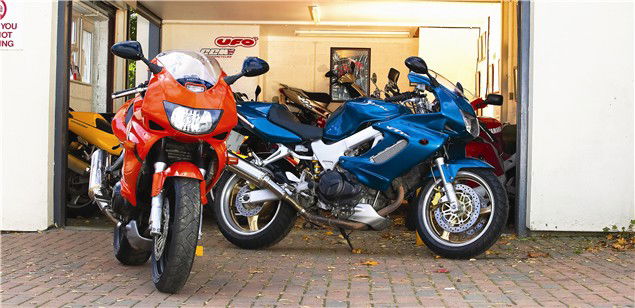
During the middle of the last decade people started doing strange things. They actually started to love big, lumpy V-twins again. Previously, all sportsbikes - except Ducatis - were fours, and the only other
V-twins seemed to be cruisers. But then, thanks to the success of Ducati's 916, this quirky buying/ lusting phenomenon exploded. And then disappeared again almost as suddenly as it had arrived.
By 1997 the Japanese had finally seen enough of Ducati's success with the 916 in showrooms across the world, and decided they should get in on the act. That year, Suzuki launched the wayward and potent TL1000S, while Honda pinned its hopes on the VTR1000F Firestorm.
Despite the similarity in name with the four-cylinder FireBlade, the 'F' designation most certainly pointed less to the big 900cc sportster and more to the do-it-all CBR600. Still, it had plenty of punch with around 100 horses coming from the 996cc 90°, liquid-cooled V-Twin engine, which used side-mounted radiators to help keep the front cross-section as small and as 'V-twin'-like as possible.
The chassis was pretty standard fare, using an aluminium beam frame with a bit of aesthetic 'lattice' effect as a styling nod to the Italian machines' steel trellis frame. One thing that was kinda new was the semi-pivotless connection between the swingarm, motor and mainframe. Suspension was 'normal', so where the Suzuki TL1000S used a separate spring and a rotary damper, the Honda had a tried-and-tested rising-rate Showa shock at the rear with Showa forks at the front.
During initial tests it was soon obvious that neither the VTR, nor the TL, were really Ducati-beaters, instead they provided a half-decent compromise at a very decent price.
But then people seemed to fall out of love with twins again. This wasn't helped by the PR nightmare suffered by the TL1000S during 1997. A recall to fit steering dampers hit buyer confidence in the Suzuki, and Honda effectively sold double the number of TLs in that first year.
Then, as a rash of big-bore four-cylinder bikes got better and better (as well as getting more torque) the Japanese twins seemed to fade into the background.
Quality shines on though, and while the likes of Suzuki's fuel-injected and more powerful TL1000S and R machines have disappeared from these shores, the now-humbler VTR quietly carries on with an army of enthusiasts behind. Truth be known, the VTR is a softly-spoken machine that has been chronically underrated for too long.


